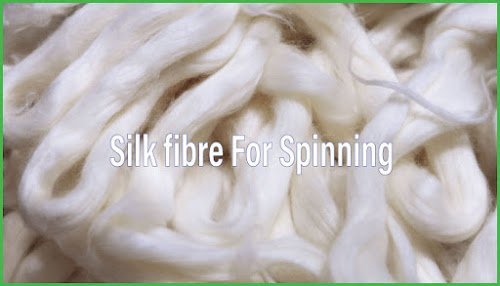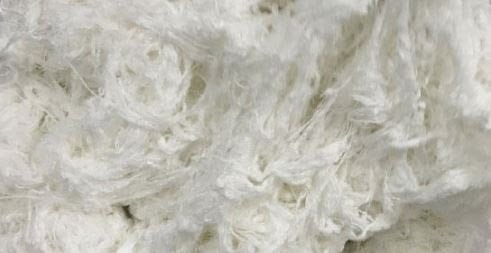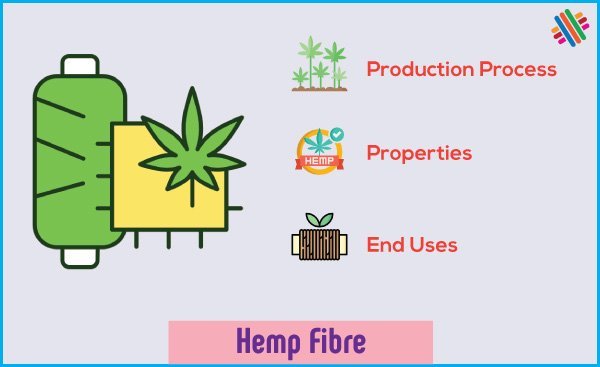Physical and Chemical Properties of Polyester
Polyester is defined as a manufactured fibre in which the fibre forming substance is any long-chain synthetic polymer made of at least 85% by weight of an ester of a sub-aromatic carboxylic acid comprising, but not confined to dimethyl terephthalate units and parasols hydroxyl benzoate units. Physical Properties of Polyester Tenacity Polyester filaments and staple[…]






![Flax Fibre: Production Process, Properties and End Uses [A to Z]](https://textileapex.com/wp-content/uploads/2023/10/flax-fibre-production.jpg)